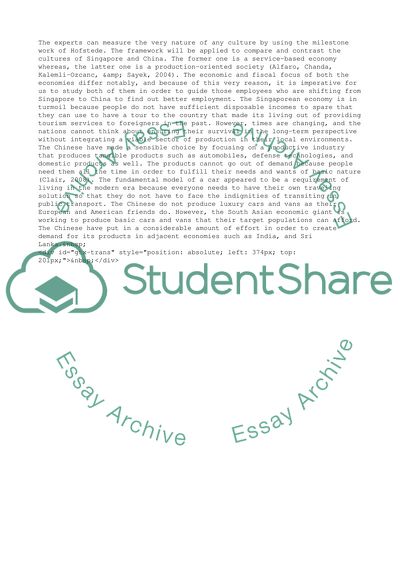Cite this document
(Business Culture of Singapore and China Term Paper, n.d.)
Business Culture of Singapore and China Term Paper. Retrieved from https://studentshare.org/business/1850531-issues-in-international-business
Business Culture of Singapore and China Term Paper. Retrieved from https://studentshare.org/business/1850531-issues-in-international-business
(Business Culture of Singapore and China Term Paper)
Business Culture of Singapore and China Term Paper. https://studentshare.org/business/1850531-issues-in-international-business.
Business Culture of Singapore and China Term Paper. https://studentshare.org/business/1850531-issues-in-international-business.
“Business Culture of Singapore and China Term Paper”. https://studentshare.org/business/1850531-issues-in-international-business.


